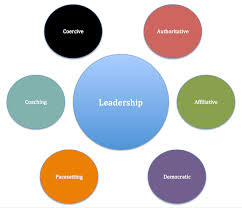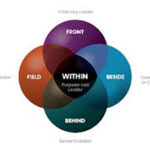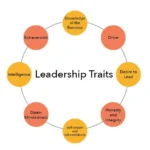Group-focused leadership styles describe how a manager or supervisor leads and supports a team by focusing on the dynamics, composition, and performance of the group as a whole. Unlike individual leadership styles that center on one-on-one interactions, group-focused approaches are designed to address the collective needs and challenges within a team setting.
These styles are especially useful in fostering team cohesion, driving shared success, and managing diverse personalities and performance levels within the group. Group leadership is a key aspect of effective leadership behavior and adapts to varying team situations to optimize outcomes.
Key Group-Focused Leadership Approaches
-
Integrating Newcomers and Outsiders
Seamless integration of new team members by welcoming them into the group, assigning mentors, and offering support ensures early engagement and lowers resistance. -
Encouraging Underperformers or Passive Employees
Activation of performance reserves through clear goal setting, feedback, and accountability strategies helps motivate those who underperform or lack initiative. -
Empowering High Performers and Group Stars
Delegating responsibility and granting autonomy empowers top performers, increasing their engagement and encouraging continued excellence. -
Managing Disruptive Influences
Ringleaders or disruptive members are guided using benevolent authority and strategic performance goals to redirect energy into constructive behaviors. -
Supporting Shy or Troubled Employees
Demonstrating empathy, encouragement, and active listening builds confidence among reserved team members and fosters psychological safety. -
Valuing Positive Contributors
Recognizing the contributions of cheerful, balanced, and sociable team members enhances morale and strengthens group cohesion.
Application and Relevance
Group-focused leadership styles are integral to creating a balanced, productive team environment. They enable managers to leverage individual differences within the group for collective success, making them essential in modern, collaborative workplaces.
To explore more about different styles of leading groups, see Dimensional Leadership Styles.
« Back to Glossary Index





![15 Employee Offboarding Templates That Save Hours of HR Time [Free Downloads] 15 Employee Offboarding Templates That Save Hours of HR Time [Free Downloads]](https://i1.wp.com/www.hrcloud.com/hubfs/Header.png?w=150&resize=150,100&ssl=1)
